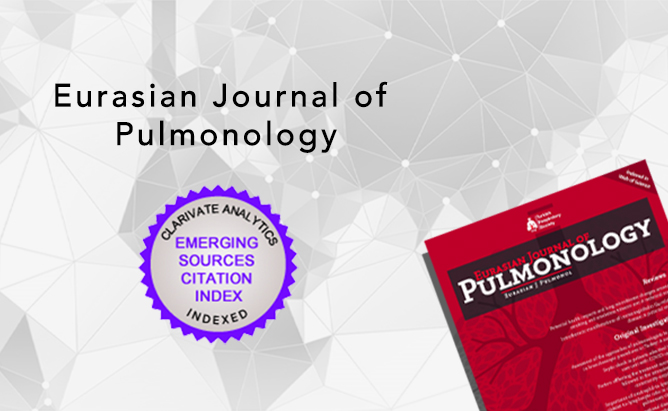2Department of Chest Diseases, Kahramanmaraş Sütçü İmam University, Kahramanmaraş, Türkiye
3Department of Chest Diseases, İzmir Suat Seren Research and Training Hospital, İzmir, Türkiye
4Department of Chest Diseases, Çanakkale 18 Mart University, Çanakkale, Türkiye
5Department of Chest Diseases, Ankara Atatürk Research and Training Hospital, Ankara, Türkiye
6Department of Chest Diseases, Sinop State Hospital, Sinop, Türkiye
7Department of Chest Diseases, Malatya University, Malatya, Türkiye
8Department of Chest Diseases, Amasya University, Amasya, Türkiye
9Department of Chest Diseases, Hitit University, Çorum, Türkiye
10Department of Chest Diseases, Menemen State Hospital, İzmir, Türkiye
11Department of Chest Diseases, Sakarya University, Sakarya, Türkiye
12Department of Chest Diseases, Aydın Adnan Menderes University, Aydın, Türkiye
13Department of Chest Diseases, Düzce University, Düzce, Türkiye
14Department of Chest Diseases, Kent Private Hospital, İzmir, Türkiye
Abstract
BACKGROUND AND AIM: Persistent physical and medical sequelae, including chronic hypoxemia, may be observed in patients with long-lasting post-COVID syndrome. Long-term oxygen therapy (LTOT) is commonly employed for managing chronic hypoxemia in chronic airway diseases. This study aims to assess the ongoing requirement for LTOT in Coronavirus Disease 2019 (COVID-19) patients during the post-COVID period and to ascertain the persistence of their oxygen therapy needs.
METHODS: This cross-sectional, multicentered study included 320 COVID-19 patients who were evaluated for LTOT two months post-discharge. Patient demographics, symptoms at admission, and laboratory and radiological data were retrospectively collected from hospital databases.
RESULTS: Continuous oxygen support was necessary for 22.9% of the patients, while 15% of the participants passed away during the post-COVID period. Factors significantly associated with the prolonged need for LTOT included admission to the intensive care unit (ICU), presence of anemia, high serum D-dimer levels (>1000 μg/L), and low oxygen saturation levels at hospital admission (p=0.026, p=0.011, p=0.010, and p<0.001, respectively). Multivariable regression analysis identified high D-dimer levels (p=0.012) and low oxygen saturation at admission (p<0.001) as the most significant predictors of a continued need for oxygen therapy. Furthermore, advanced age, non-use of steroids in treatment, and mechanical ventilation during hospitalization were significantly linked to mortality during the post-COVID period (p=0.003, p=0.048, and p=0.009, respectively).




 Muzaffer Onur Turan1
Muzaffer Onur Turan1 




